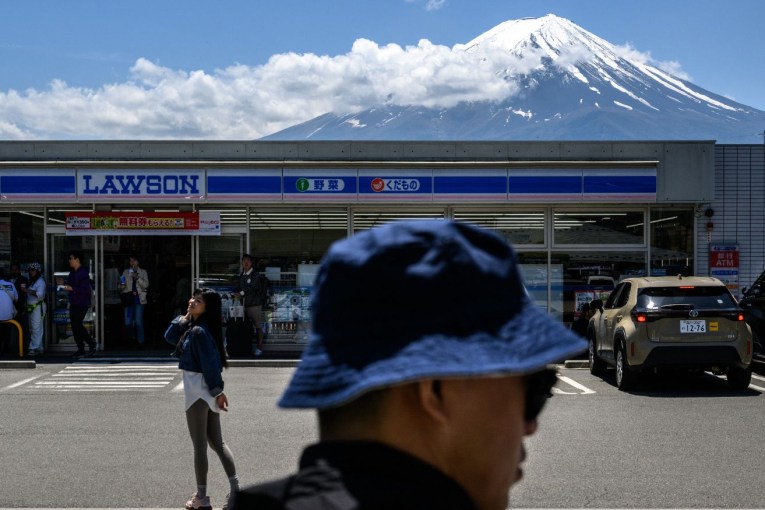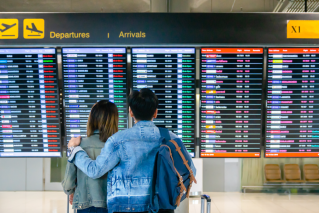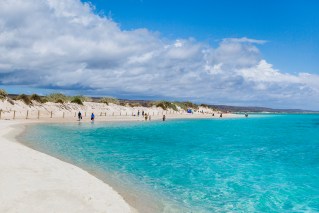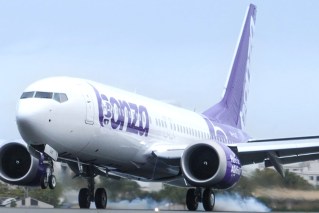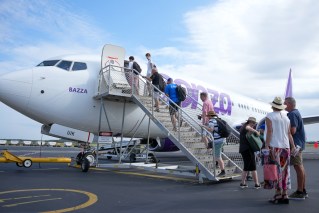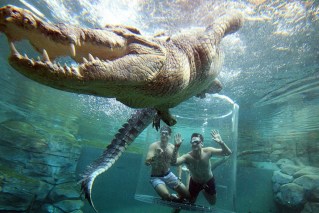Travelling interstate? Here’s a state-by-state guide to border restrictions

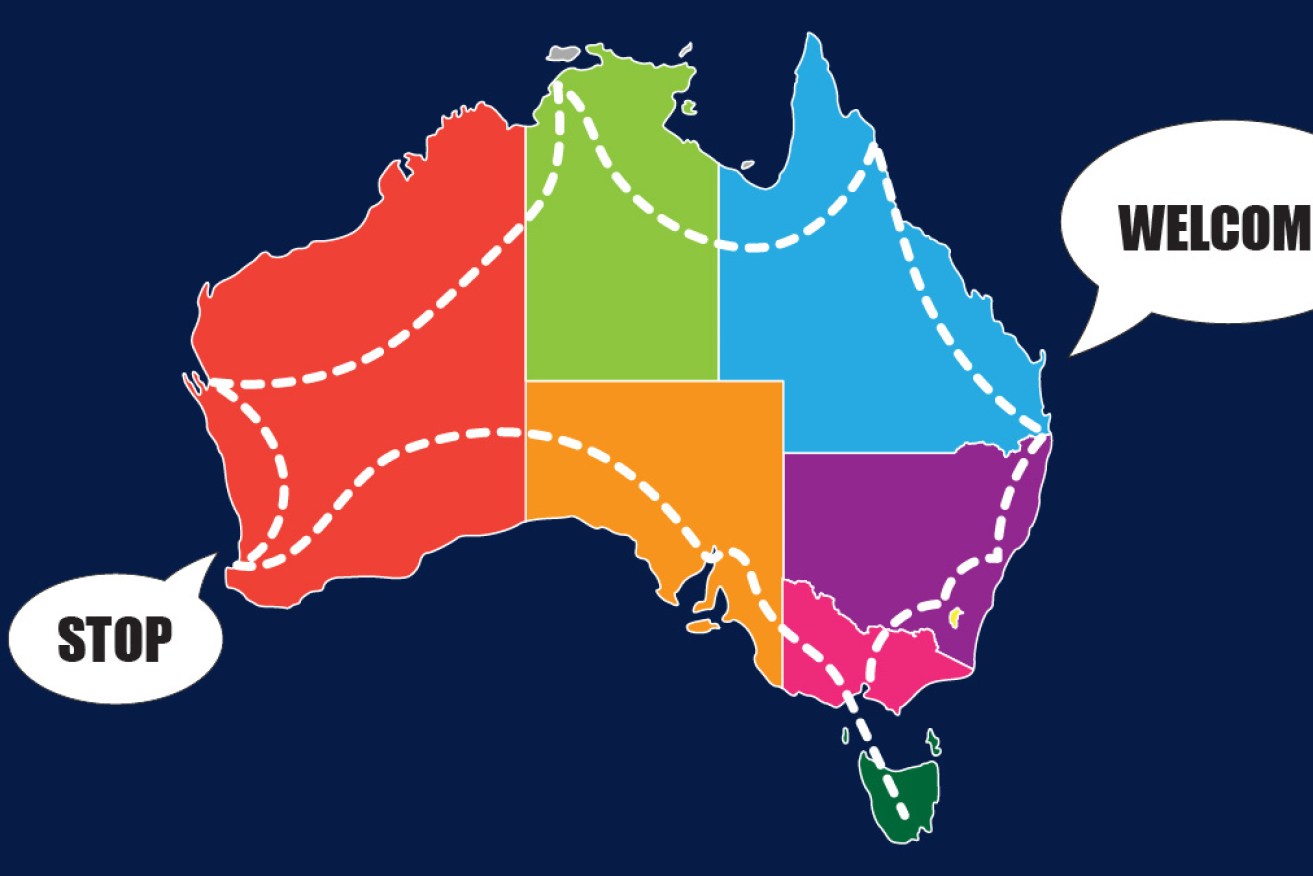
Most states have reopened their domestic borders in time for Christmas. Photo: TND
With the notable exception of Western Australia, most Australian states have reopened their domestic borders in time for Christmas.
But travelling interstate has never been so complex.
Although New South Wales and Victoria have taken a relatively hands-off approach and are letting people in without much hassle, most other states require visitors to fill out some kind of form and, in some cases, provide a negative COVID test before arrival.
Here’s everything you need to know about travelling around Australia and managing complicated border restrictions.
New South Wales
NSW is open to visitors from all states and territories.
For the mast majority of people, there are no testing or quarantine requirements.
The one caveat is that visitors from Victoria who are 16 and older must be fully vaccinated, which covers more than 91 per cent of the eligible population anyway.
It’s worth noting that the NSW government publishes a Concerns Notice listing areas dealing with COVID clusters and how they could affect your visit.
People who have visited close contact venues listed on the concerns notice must not enter the state, and must isolate if they have already arrived.

Victoria reopened its border in November. Photo: Getty
Victoria
Victoria has removed all requirements for Australians to get tested or quarantine when visiting the state.
Queensland
Queensland reopened its border on December 13.
Travellers from NSW, Victoria and other declared hotspots will need to be fully vaccinated, test negative for COVID within 72 hours of their arrival, and apply for a Queensland entry pass.
People from these declared hotspots will also need to take another COVID test five days after their arrival in Queensland – though other arrangements can be made if this is deemed impractical.
People from other parts of the country that aren’t declared hotspots are allowed to enter Queensland without getting tested or isolating, regardless of vaccination status.
And there have already been a few hiccups so far.
The Queensland government drew strong criticism for initially suggesting travellers could only prove their negative result by getting a piece of paper from a private clinic.
But in good news for travellers, authorities appear to have backed down: State border officials are now accepting travellers with SMS results from drive-through clinics.
Meanwhile, on December 14, hundreds of passengers on a flight from Newcastle were declared to be close contacts and forced into quarantine after one person tested positive.
But the following day, most of these passenger were downgraded to casual contacts and therefore no longer needed to quarantine.
South Australia
After a short period of confusion, South Australia has kept its border open to fully vaccinated people aged 12 and over from all states and territories.
Unvaccinated adults who don’t have a medical exemption – including SA locals – are not permitted to enter the state at this time.
All visitors will need to apply online for an EntryCheck SA permit, but beyond that, people from different states have different entry conditions.
People travelling from moderate-risk areas, such as NSW, Victoria and the ACT, will have to test negative within 72 hours before departure, plus test on arrival and quarantine until that test is taken.
Visitors in this category then have to take a third COVID test on the sixth day after arrival, and submit daily symptom checks for 14 days.
People from moderate-risk areas are also barred from entering high-risk settings like aged care facilities for seven days after their arrival.
The only area deemed high risk by the South Australian government is Katherine, NT, because of current transmission levels combined with relatively low vaccination rates.
People arriving from such high-risk areas much quarantine for seven days and fulfil other criteria.
The ACT
Most Australians can enter the ACT without a permit or having to quarantine, regardless of their vaccination status.
However, vaccinated adults who have been to a high-risk geographical area in the past 14 days – which includes most of Melbourne plus the NSW local government areas of Moree Plains, Central Darling, Federation and Warrumbungle Shire – need to fill out an exemption form online and monitor for symptoms. No testing is required.
Unvaccinated adults who have been to any of these high-risk geographical areas must isolate at home for 14 days and can only leave the house for essential reasons, just like during lockdown.
Tasmania
Everyone arriving in Tasmania – including returning residents – needs to register their contact details through the Tas e-Travel website.
The Tasmanian government lists most of Melbourne, Canberra, several southwest Sydney local government areas, and Newcastle as high-risk areas.
Fully vaccinated travellers from these areas need to test negative within 72 hours of arriving in Tasmania. Meanwhile, returning residents in the same position are required to take a PCR test within 24 hours of arriving home, but do not need to quarantine while waiting for their results.
Fully vaccinated travellers who haven’t been to a high-risk area in the past 14 days don’t need to get tested or quarantine.
Unvaccinated travellers, meanwhile, will need to apply for special approval to enter the state in the first place.

People arriving in the Northern Territory need to fill out an application online. Photo: Getty
The Northern Territory
Everyone arriving in the Northern Territory – including returning residents – needs to fill out an NT Border Entry Application online.
Fully vaccinated visitors from red zones, which include all of NSW, Victoria, South Australia and the ACT, will need to spend seven days in home quarantine and get tested on days five, eight and 14 after their arrival.
However, this requirement will be scrapped on December 20 and instead of quarantining, visitors in this category will simply need to get tested within 72 hours after arriving in the Territory.
Unvaccinated Australians will likely have their NT Border Entry Application denied.
As for unvaccinated NT residents returning home from a red zone, they’ll need to spend 14 days in mandatory supervised quarantine.
Western Australia
Western Australia will open its borders to fully vaccinated visitors on February 5, 2022.
In the meantime, only fully vaccinated travellers from Tasmania can visit the state without quarantining.
All arrivals – including returning residents – will need to apply for a G2G Pass online.
On the off-chance of someone from a state other than Tasmania being allowed entry into Western Australia, travellers will have to spend 14 days in home quarantine, except for visitors from Victoria and NSW, who will have to stay at a state hotel quarantine facility at their own expense.
